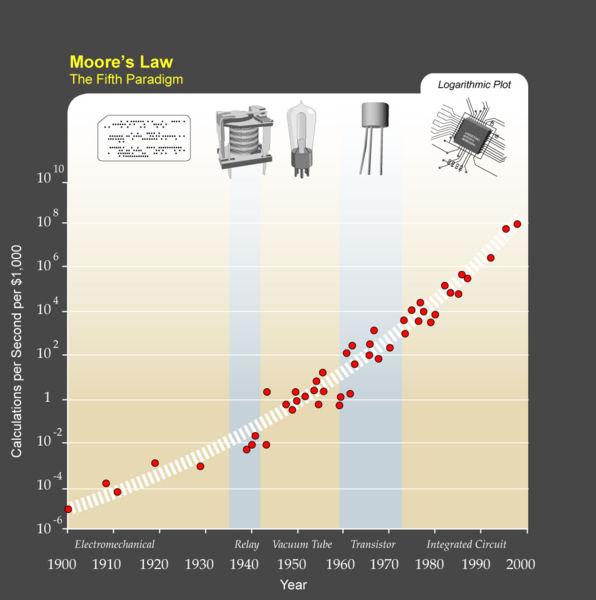With all the new technology that has made it possible for independent filmmakers to shoot great looking video, is there anything on the horizon that will make it easier to capture great location sound DIY style?
I'm thinking something like a device that can recognize and capture each actor's individual voices on separate channels, isolating it from other noise and rustling, getting background on a third channel etc, so that you can clean it up in post but you have good raw audio. Something that would allow me to focus on shooting but wouldn't require two experienced pros, location sound mixer and boom operator, in order to make sure my movie doesn't blow? Take Gareth Edward's point in the 3 minute making-of Monsters:
http://www.slashfilm.com/how-gareth-edwards-shot-monsters-on-an-incredibly-low-budget/
I guess something that would truly and finally make the art of film making DIY. (Please don't take offense sound people, I'm talking about no-budget filmmakers who have no means of doing anything other than run-and-gun leveraging their rent money.)
I'm thinking something like a device that can recognize and capture each actor's individual voices on separate channels, isolating it from other noise and rustling, getting background on a third channel etc, so that you can clean it up in post but you have good raw audio. Something that would allow me to focus on shooting but wouldn't require two experienced pros, location sound mixer and boom operator, in order to make sure my movie doesn't blow? Take Gareth Edward's point in the 3 minute making-of Monsters:
http://www.slashfilm.com/how-gareth-edwards-shot-monsters-on-an-incredibly-low-budget/
I guess something that would truly and finally make the art of film making DIY. (Please don't take offense sound people, I'm talking about no-budget filmmakers who have no means of doing anything other than run-and-gun leveraging their rent money.)






